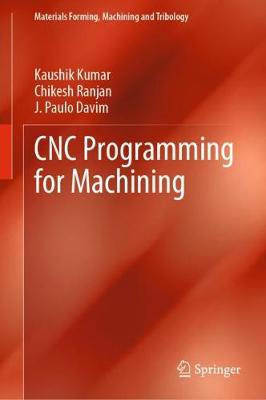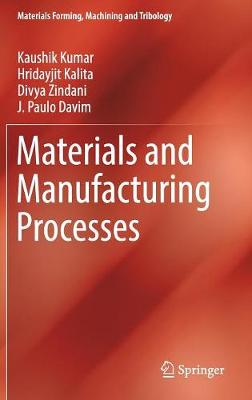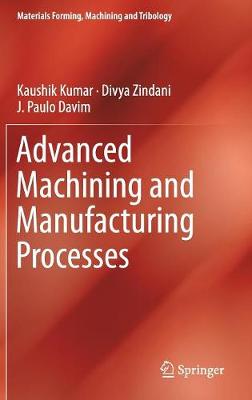Materials Forming, Machining and Tribology
4 total works
CNC Programming for Machining
by Kaushik Kumar, Chikesh Ranjan, and J. Paulo Davim
Materials and Manufacturing Processes
by Kaushik Kumar, Hridayjit Kalita, Divya Zindani, and J. Paulo Davim
This book introduces the materials and traditional processes involved in the manufacturing industry. It discusses the properties and application of different engineering materials as well as the performance of failure tests. The book lists both destructible and non-destructible processes in detail. The design associated with each manufacturing processes, such Casting, Forming, Welding and Machining, are also covered.
A Brief History of Mechanical Engineering
by Uday Shanker Dixit, Manjuri Hazarika, and J. Paulo Davim
Advanced Machining and Manufacturing Processes
by Kaushik Kumar, Divya Zindani, and J. Paulo Davim
This book covers the various advanced manufacturing processes employed by manufacturing industries to improve their productivity in terms of socio-economic development.
The authors present automated conventional and non-conventional machining techniques as well as virtual machining principles and techniques. Material removal by mechanical, chemical, thermal and electrochemical processes are described in detail.
A glossary of key concepts is attached at end of the book.


